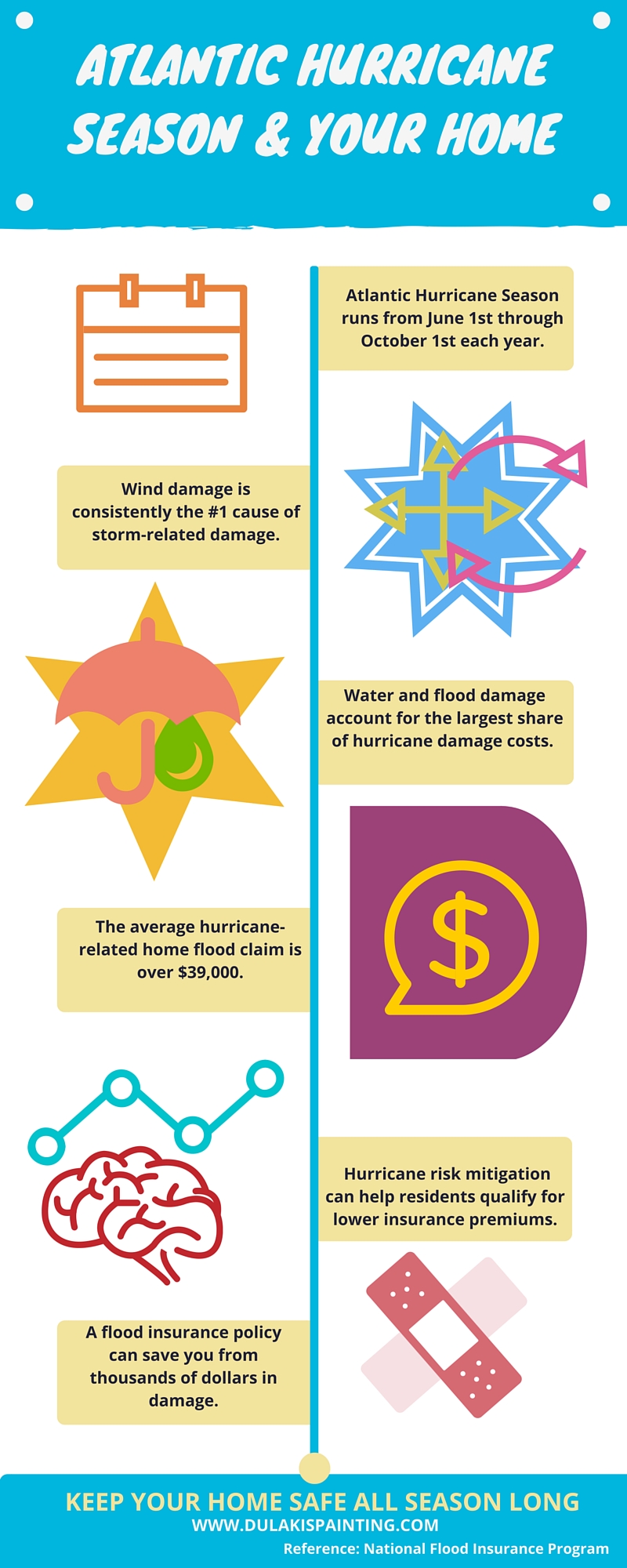Learn More About The Ways In Which Seasonal Factors Can Influence The Success Of Business Outside Paint And Establish The Best Times To Achieve Long-Term Outcomes For Your Project
Learn More About The Ways In Which Seasonal Factors Can Influence The Success Of Business Outside Paint And Establish The Best Times To Achieve Long-Term Outcomes For Your Project
Blog Article
Content Written By-Regan Bagger
When you're intending an industrial outside paint task, seasonal aspects can make or damage your results. You'll wish to consider just how temperature and humidity influence paint application and drying times. Choosing the right season can ensure your paint sticks effectively and lasts much longer. Yet which periods are genuinely the best for this type of work? Let's explore the key elements that can affect your task's success.
The Effect of Temperature on Paint Application
When you're intending a commercial external paint project, the temperature can considerably affect just how well the paint adheres and dries.
Ideally, sherwin williams homecenter want to paint when temperatures range between 50 ° F and 85 ° F. If it's as well cold, the paint may not heal correctly, bring about concerns like peeling off or fracturing.
On the other side, if it's also warm, the paint can dry out also swiftly, stopping proper bond and resulting in an unequal surface.
You need to additionally think about the moment of day; early morning or late afternoon offers cooler temperature levels, which can be extra desirable.
Always examine the manufacturer's referrals for the particular paint you're making use of, as they frequently supply advice on the suitable temperature level range for optimum outcomes.
Humidity and Its Impact on Drying Times
Temperature isn't the only ecological aspect that influences your industrial exterior paint task; moisture plays a significant role also. High moisture degrees can slow down drying out times considerably, impacting the total high quality of your paint job.
When the air is filled with moisture, the paint takes longer to treat, which can lead to concerns like poor adhesion and a higher danger of mold growth. If you're painting on an especially damp day, be planned for extended delay times between coats.
It's vital to keep an eye on neighborhood weather conditions and plan accordingly. Preferably, go for humidity levels in between 40% and 70% for ideal drying out.
Keeping these factors in mind ensures your task remains on track and delivers a lasting finish.
Best Seasons for Commercial Exterior Painting Projects
What's the best season for your commercial external paint jobs?
great site and early loss are generally your best bets. Throughout these periods, temperature levels are mild, and humidity levels are commonly reduced, developing suitable conditions for paint application and drying.
Stay clear of summer season's intense heat, which can create paint to dry also rapidly, bring about poor attachment and finish. Similarly, wintertime's cold temperatures can hinder proper drying and treating, risking the longevity of your paint job.
Go for days with temperature levels between 50 ° F and 85 ° F for optimum results. Remember to examine the regional weather report for rainfall, as damp conditions can wreck your task.
Planning around these aspects ensures your paint project runs efficiently and lasts much longer.
Final thought
In conclusion, planning your commercial exterior painting projects around seasonal considerations can make a significant distinction in the outcome. By scheduling work during the ideal temperature levels and humidity levels, you'll ensure better attachment and drying times. Remember to keep an eye on regional weather forecasts and pick the right time of year-- springtime and early autumn are your best choices. Taking these steps will certainly aid you attain a long lasting and specialist surface that lasts.
